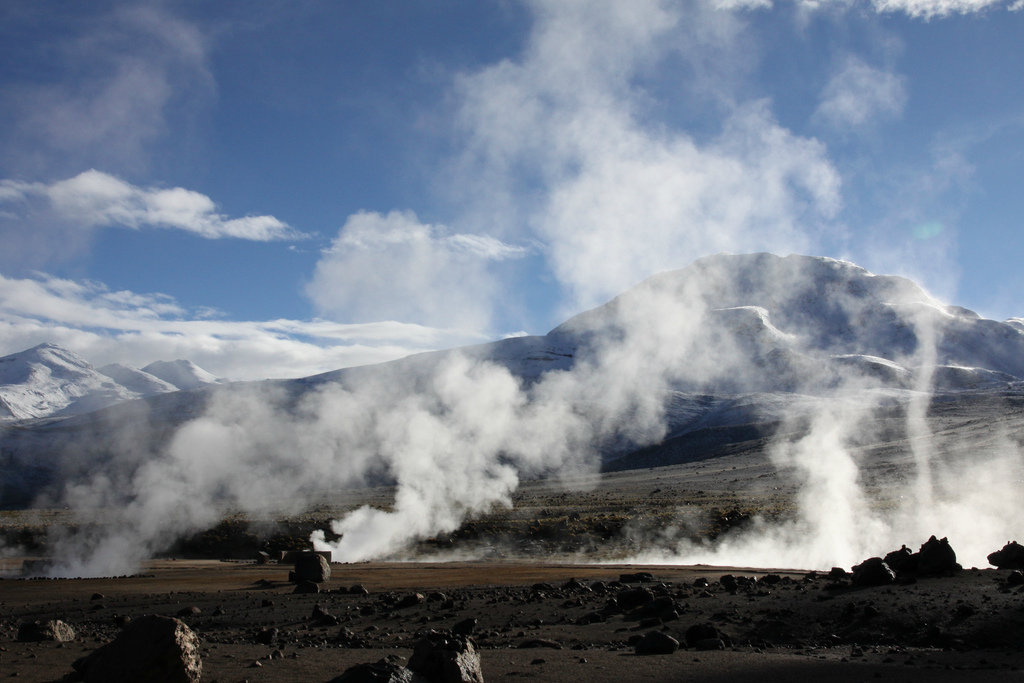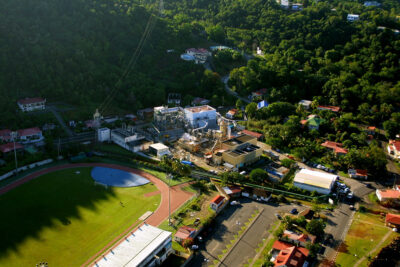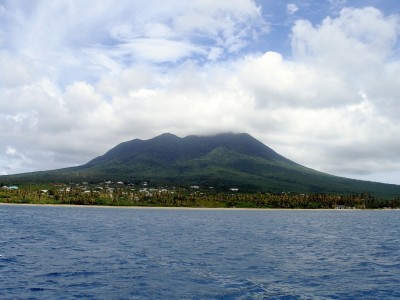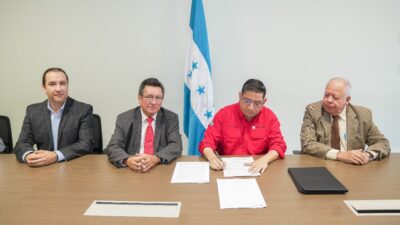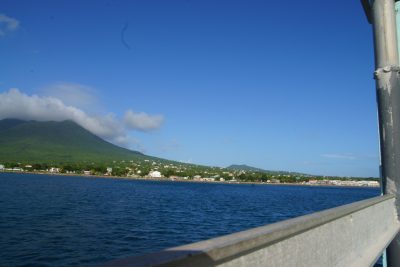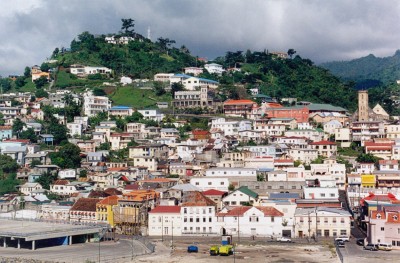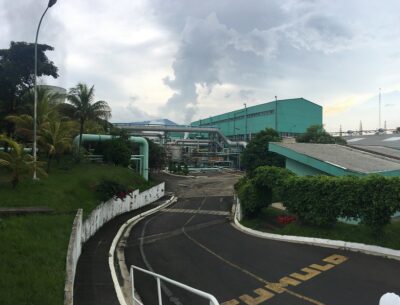WWF on the role of renewable energy in Latin America
WWF's report, "Green Energy Leaders" provides examples of renewable energy trend-setting in several Latin American countries.
In the following press release by WWF, the NGO covers the vital role of renewable energy for Latin America.
Success stories from seven countries in Latin America and the Caribbean prove that the region is positioned to lead the sustainable energy revolution, according to a WWF report presented Tuesday alongside UN climate talks in Lima, Peru.
The report, Green Energy Leaders, provides examples of renewable energy trend-setting in the region including Costa Rica’s target of 100 percent renewable energy, Uruguay’s leading clean energy investment and Brazil’s massive pipeline of future wind power capacity. Chile, Mexico, Nicaragua and Peru are also featured in the report.
“The region has all the renewable natural resources it needs to become a paragon for clean energy projects. It offers both an opportunity and a responsibility for future generations,” said Yolanda Kakabadse, President of WWF International.
According to research cited in the report, the Latin American and Caribbean region could fully meet its energy demands by using just a fraction of its solar, wind and geothermal energy capability. The region currently generates seven percent of total global electricity with close to 65 percent of that coming from renewable sources. Hydropower accounts for the largest share, but it is expected that over 20 percent of electricity in the area will be generated from non-hydro renewable by 2050.
“Supplying electricity from renewable can bring great benefits, and these countries are already talking about the rewards,” said Tabaré A. Currás, Advisor on Energy Economics at WWF’s Global Climate & Energy Initiative and author of the report. “These countries are transforming the energy paradigm. The question is if the world will follow suit? Hopefully, yes.”
With falling technology costs and supportive clean energy policies, renewable energy is increasingly becoming a favored option to meet energy needs. According to the report, the Latin America and Caribbean region has become a hub for clean energy technologies. In 2013, $16 billion was allocated to invest in renewable energy in the region.
Despite the enormous potential for modern renewable energy, more than $40 billion is currently used to subsidize fossil fuels in the region. Fossil fuels are the prime driver of climate change and the region alone faces annual damages from global warming amounting to about $100 billion.
“The equation is quite simple: more investment in renewable energy and less money to perverse fossil fuel subsides equals great benefit to everyone in LAC and the entire world,” he said.
With electricity consumption in the region increasing annually, countries will need to double installed power in the next 15 years. With the capacity to supply over 20 times the electricity demand expected by 2050, Latin America can move away from fossil fuels, become a global renewable energy leader and shape a green economy future.
Source: Press Release by WWF
